Victoria Island and Vancouver Island are commonly mistaken for each other but are actually quite different places. Located in the Arctic, Victoria Island is incredibly difficult to get to.
Wonderfully wild Vancouver Island, however, is just a hop, skip and a jump away from the mainland of British Columbia. If you love nature, it’s one of the best places you can possibly visit!
Vancouver Island offers an incredible mix of temperate rainforest, rugged ocean coastline, long sandy beaches, soaring mountain peaks, sparkling lakes and one compact capital city.
When I first learned about Vancouver Island, I knew I wanted to go. But I was a bit confused about the best way to get there and how big it really was. I also kept referring to it as Victoria Island.
Sound familiar? Read on for a quick start guide to beautiful Vancouver Island, British Columbia.
There are affiliate links in this post. If you make a qualifying purchase through one of these links, I may receive a small commission at no extra cost to you.
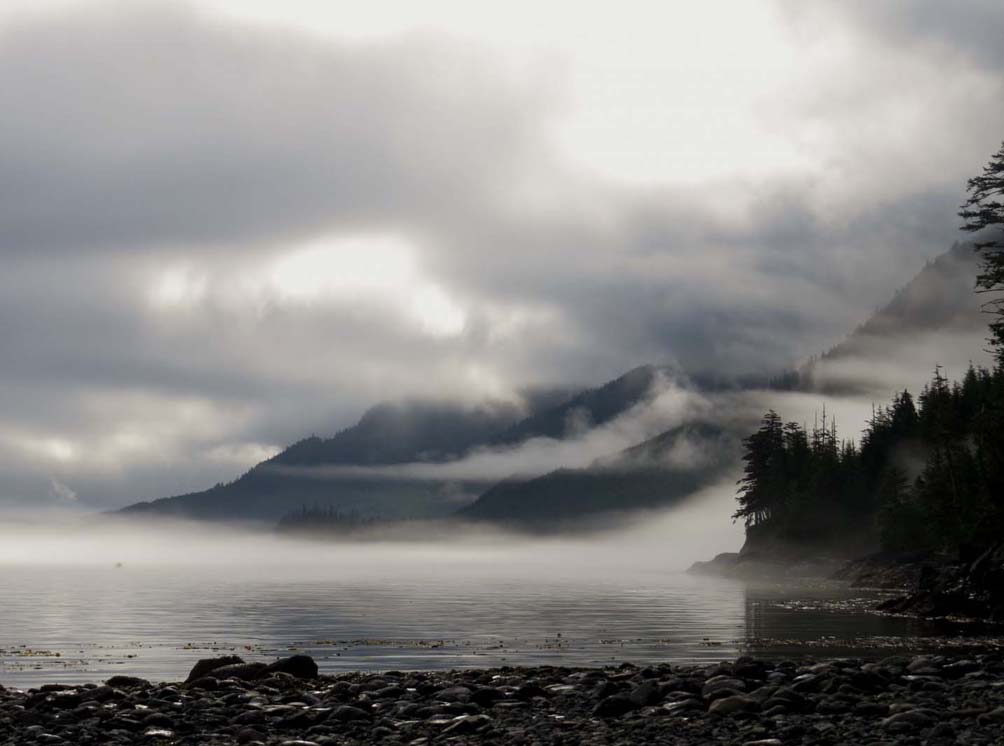
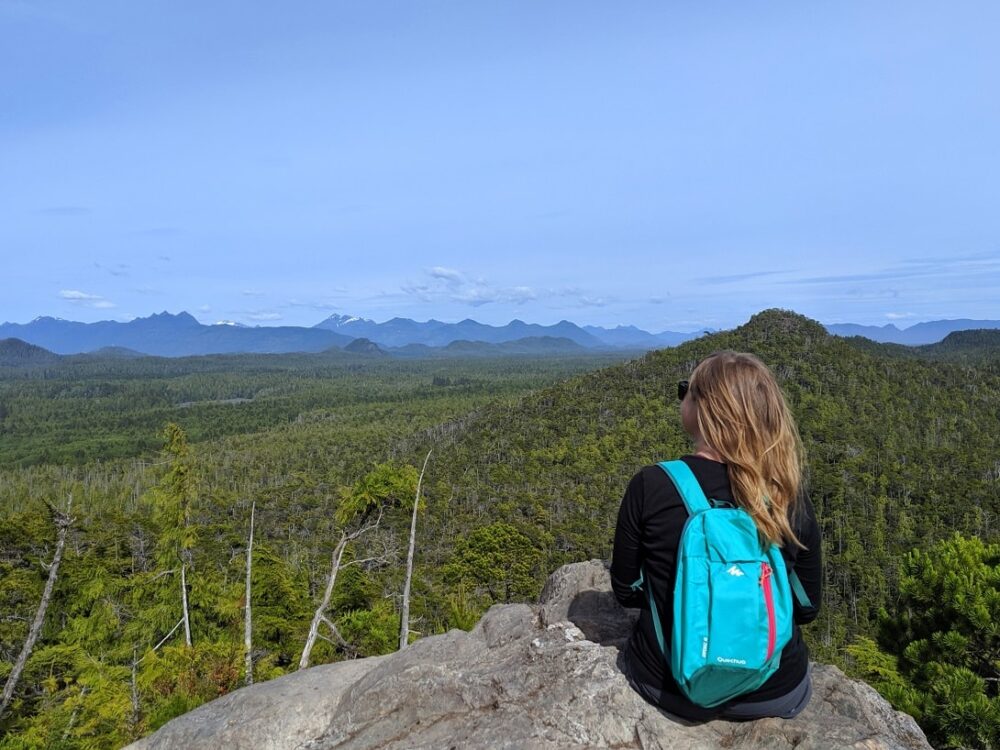

Victoria Island vs. Vancouver Island?
Before I start, let’s just break down some of the name confusion surrounding Victoria Island and Vancouver Island. It will really help with your trip planning.
- Vancouver is one of Canada’s largest cities. It sits on the southwestern corner of mainland British Columbia.
- Across a channel from Vancouver is Vancouver Island. At around 460km in length and 100km across, Vancouver Island is the largest island on the West Coast of North America.
- The capital city of British Columbia is Victoria. Located on the southern tip of Vancouver Island, Victoria is home to just under 400,000 people (greater metro area).
- Victoria Island is an island in the Arctic Ocean, on the boundary between Canada’s Nunavut and Northwest Territories.
So to sum up, we have a large city (Vancouver, on BC’s mainland), a big island (Vancouver Island), a smaller city (Victoria, on Vancouver Island). Finally, there is a huge island nowhere near any of the others mentioned (Victoria Island).
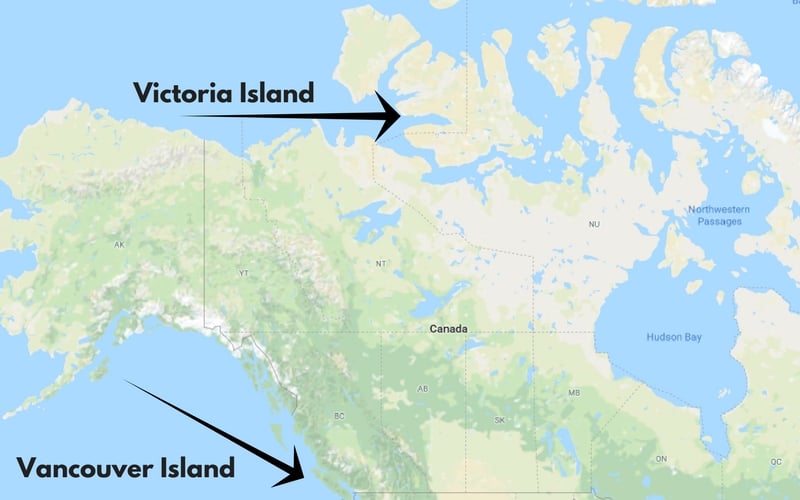
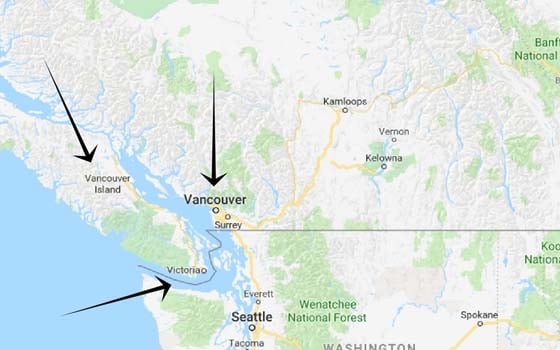
Vancouver Island weather
Vancouver Island, along with the Lower Mainland area (Vancouver and around) has the mildest climate in Canada.
The western side of Vancouver Island is exposed to winds, rains and storms coming directly off the Pacific Ocean. Most communities and attractions are on the more protected eastern coast.
Spring and autumn are usually wonderfully mild, with sunny days (12-18c) mixed in with rainy ones. Vancouver Island is a great place to hike at low elevations in spring, despite the mud.
Vancouver Island summers can be hot, hot, hot. Some years, it is wall to wall sunshine in July and August, with temperatures rising to 28-30c. The overall average is a little lower, around 22-26c. Snow is still often still present in the mountains until July.
Winters on Vancouver Island are incredibly mild. Snow falls at sea level maybe once or twice a season. The tradeoff, however, is plenty of rain. Victoria escapes the worst of the weather. If you want snow, simply head up into the mountains.
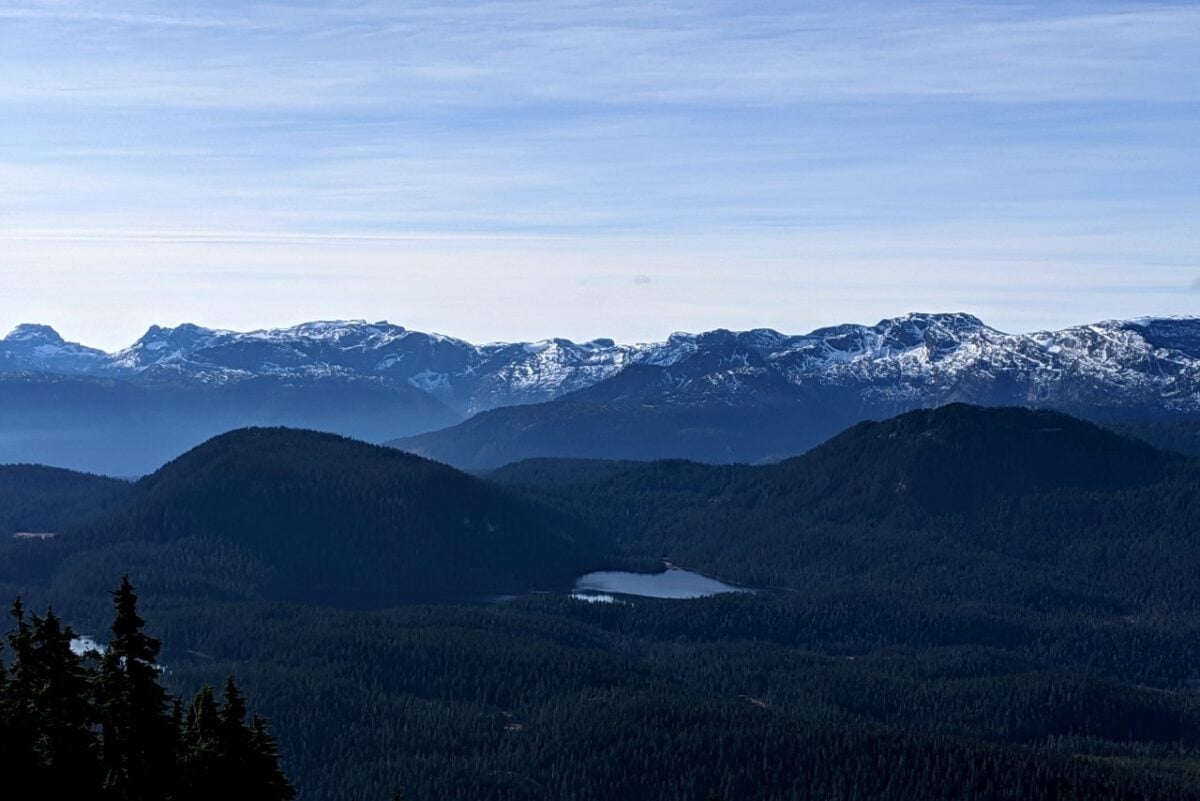
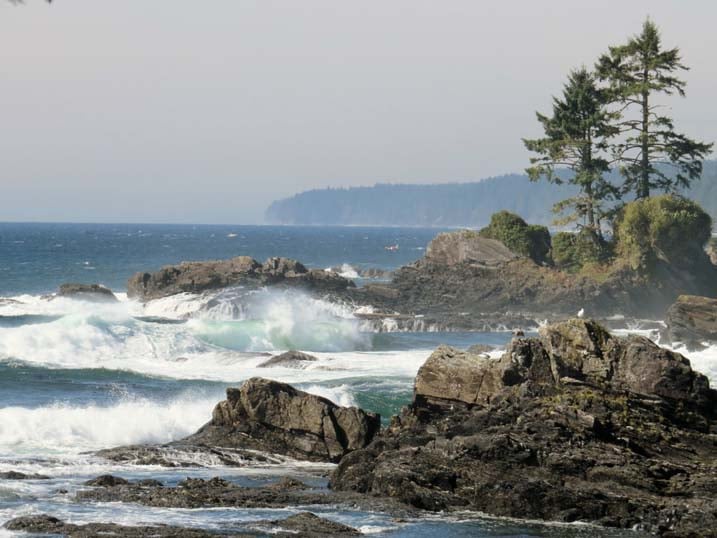

Vancouver Island orientation
Aside from the Victoria Island confusion, there are a few other misconceptions about Vancouver Island. One is the size.
This island is big, as demonstrated by the six-hour drive needed to drive from bottom to top. Consider this a quick guide to the highlights of Vancouver Island, from south to north.
Victoria – Located on the south coast, British Columbia’s capital city since 1871, historic buildings, beautiful location
Juan de Fuca coast – Easily accessible coastline to the west of Victoria, interesting rockpool beaches, rainforest
Cowichan Valley – Wine, fresh produce and a long, narrow lake for recreational activities
Parksville and Qualicum Beach – Two beach communities in the central Island area
Tofino and Ucluelet – Small communities on the wild, west coast where the rainforest meets the ocean. Sandy beaches, storm watching, surfing and more.
Strathcona Provincial Park – BC’s first Provincial Park. Alpine, lake and valley scenery with hiking, climbing, paddling, camping.
North Island – Vancouver Island’s true wilderness. Lesser visited, unique communities, interesting natural features (karst landscape), beyond the beaten path
The Islands – Access dozens of individually distinctive islands in the Strait between Vancouver Island and the BC mainland with the extensive ferry system
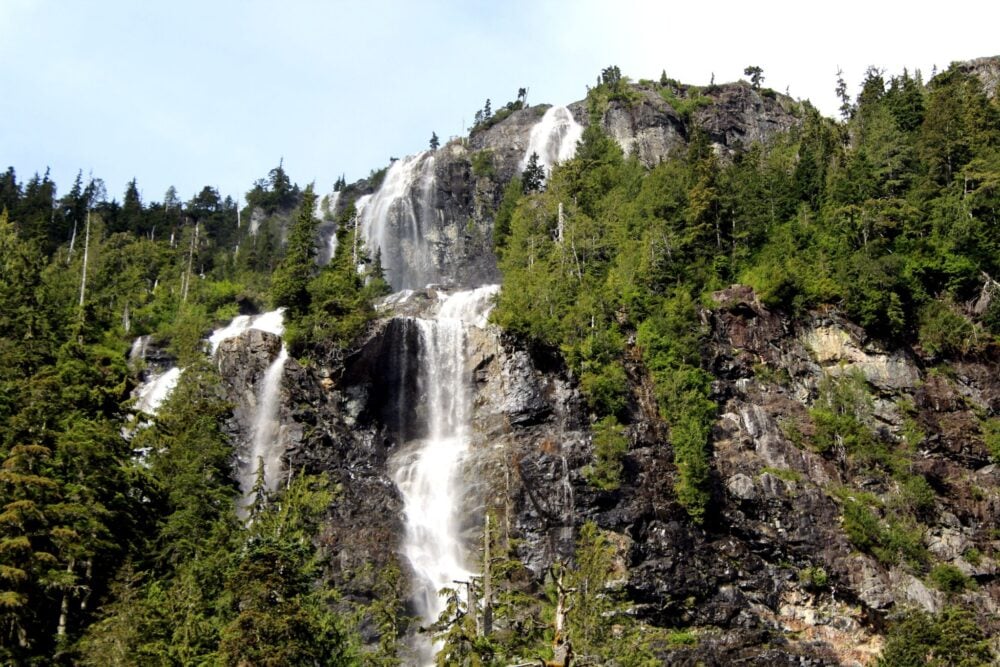

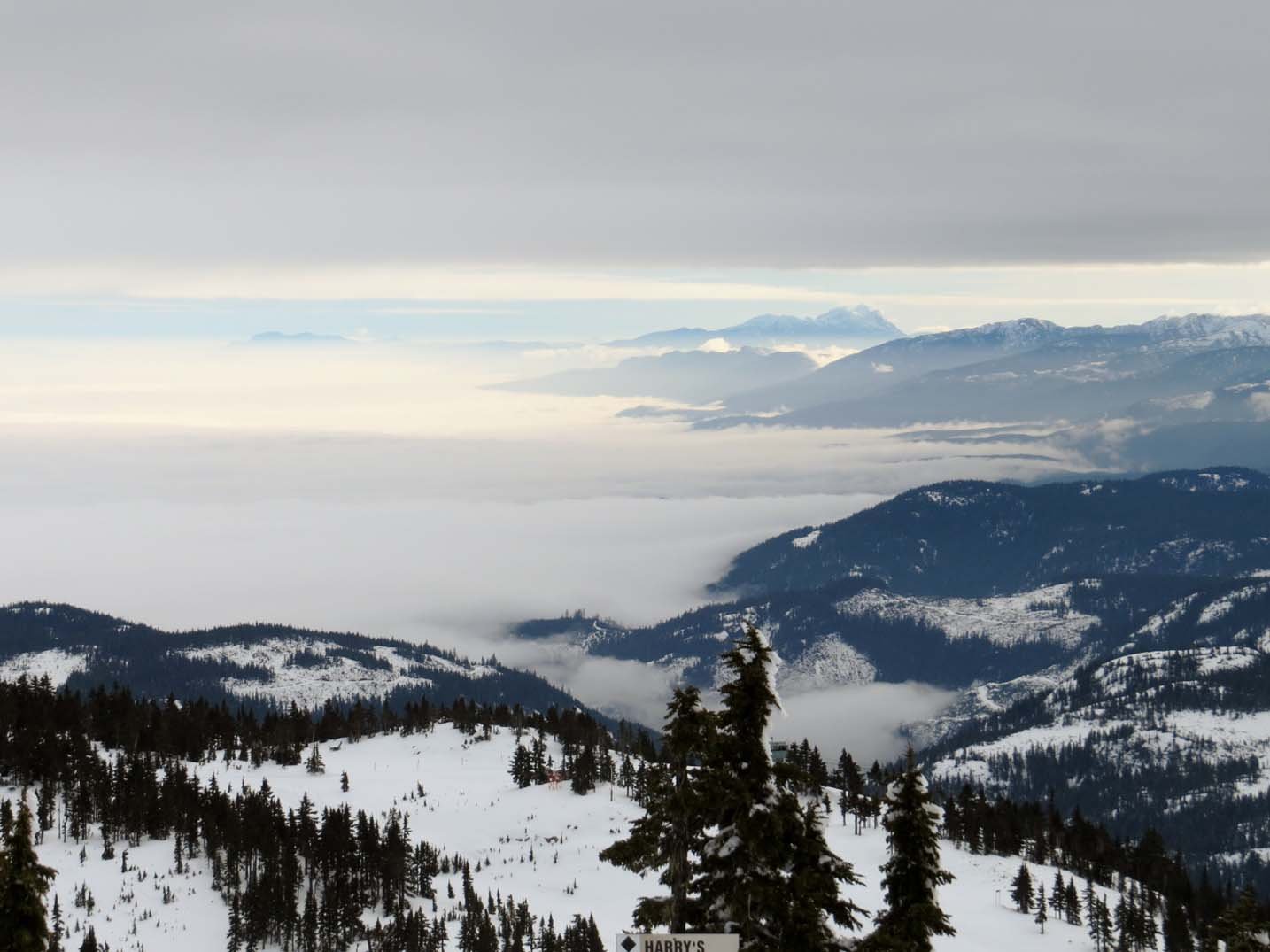
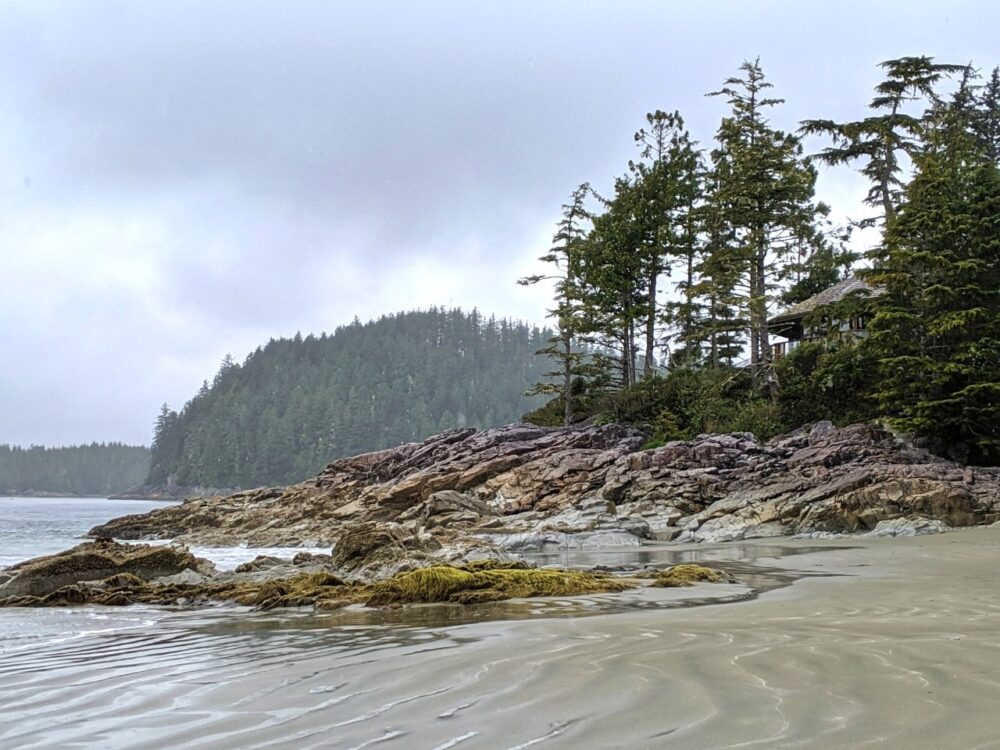
Things to do on Vancouver Island, British Columbia
Vancouver Island is home to a host of activities and attractions. Those who like the outdoors will feel especially at home here.
Wildlife watching
Vancouver Island is home a unique mix of black bears, elk, cougars, wolves and deer. Orca whales, porpoises and grey whales are found in the ocean.
Try a whale watching tour in Victoria, Tofino or Campbell River or better still, an orca kayaking adventure. Keep in mind that there are no grizzly bears or moose on Vancouver Island.
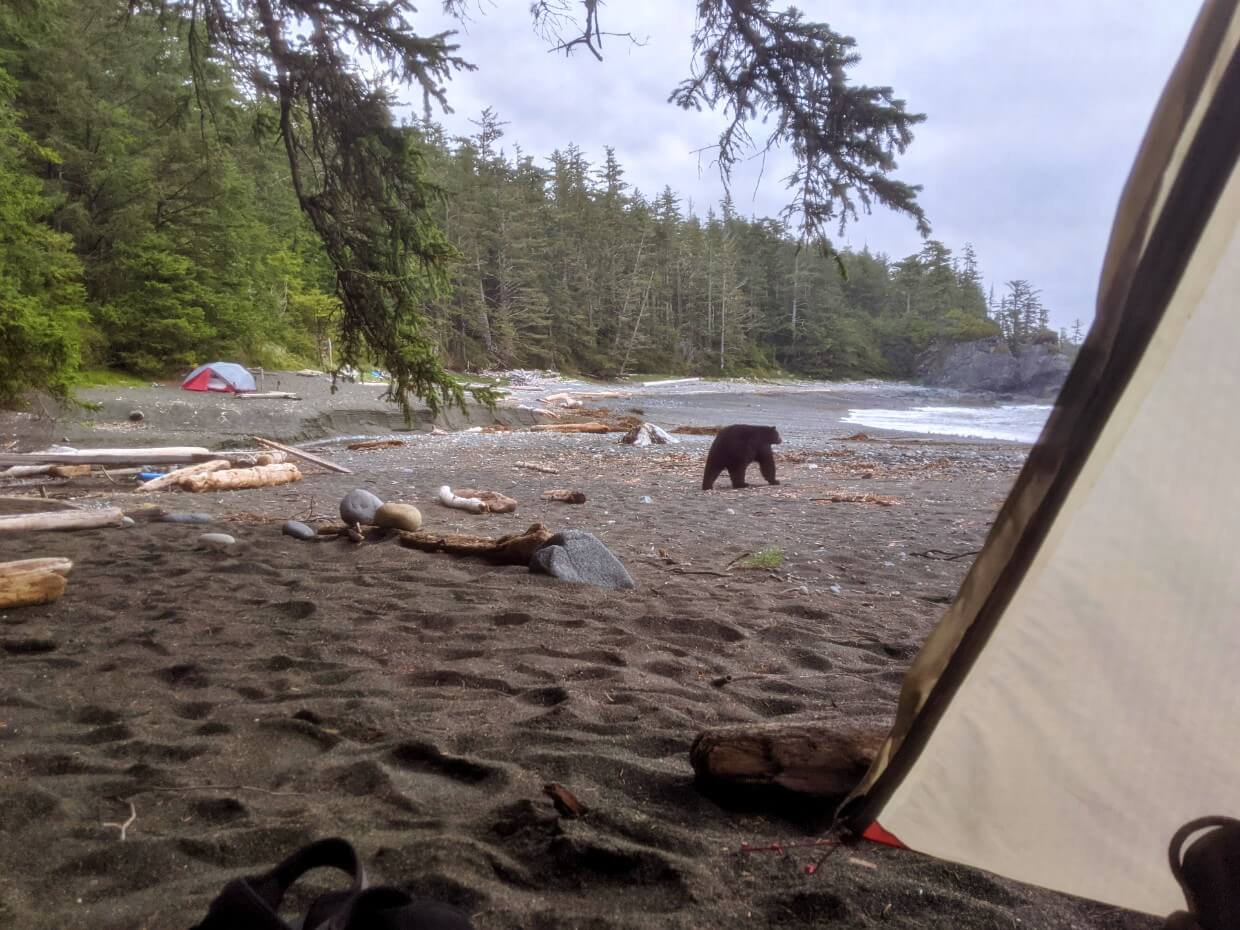
Hiking
If you like rainforest, rugged coast and mountains, you should not miss hiking on Vancouver Island. There are a number of rewarding multi-day hikes (West Coast Trail, Cape Scott, Nootka Trail, Juan de Fuca) along the coast alongside some excellent alpine options in Strathcona Park.
There are also plenty of day hikes offering a taste of wilderness.
Paddling
Vancouver Island has an abundance of both freshwater and saltwater kayaking and canoeing opportunities. Lakes can be found almost everywhere but are especially concentrated around Campbell River.
Some favoured spots for kayaking include the Broken Islands, the Gulf Islands, the Discovery Islands, Johnstone Strait and Clayoquot Sound.
Ancient trees
Some of the world’s largest and oldest trees can be found on Vancouver Island. The easiest way to view some is to visit Cathedral Grove near Port Alberni.
Some of the towering Douglas Fir trees here are more than 800 years old. To escape the crowds, head to Port Renfrew or Carmanah Walbran Provincial Park.
Local food and drink
A coastal lifestyle and mild year-round temperatures mean that Vancouver Island has an abundance of local produce on offer.
Go wine touring in the Cowichan Valley, stop at fruit and vegetable stands, taste seafood in the Comox Valley, brewery hop in Victoria and eat rich Nanaimo bar…in Nanaimo.
History and culture
Many cultures have shaped Vancouver Island as we know it today. Aboriginal people were here long before any European settlers. Influence can still be seen in artwork, place names, traditional food and historical travelling routes.
More recent residents have also made their mark; Victoria’s Chinatown is the second oldest in North America after San Francisco.
Looking to book a stay in Victoria?
Royal Scot Hotel & Suites – Good value
The Embassy Inn – Awesome location
Magnolia Hotel & Spa – Highly rated on Booking.com
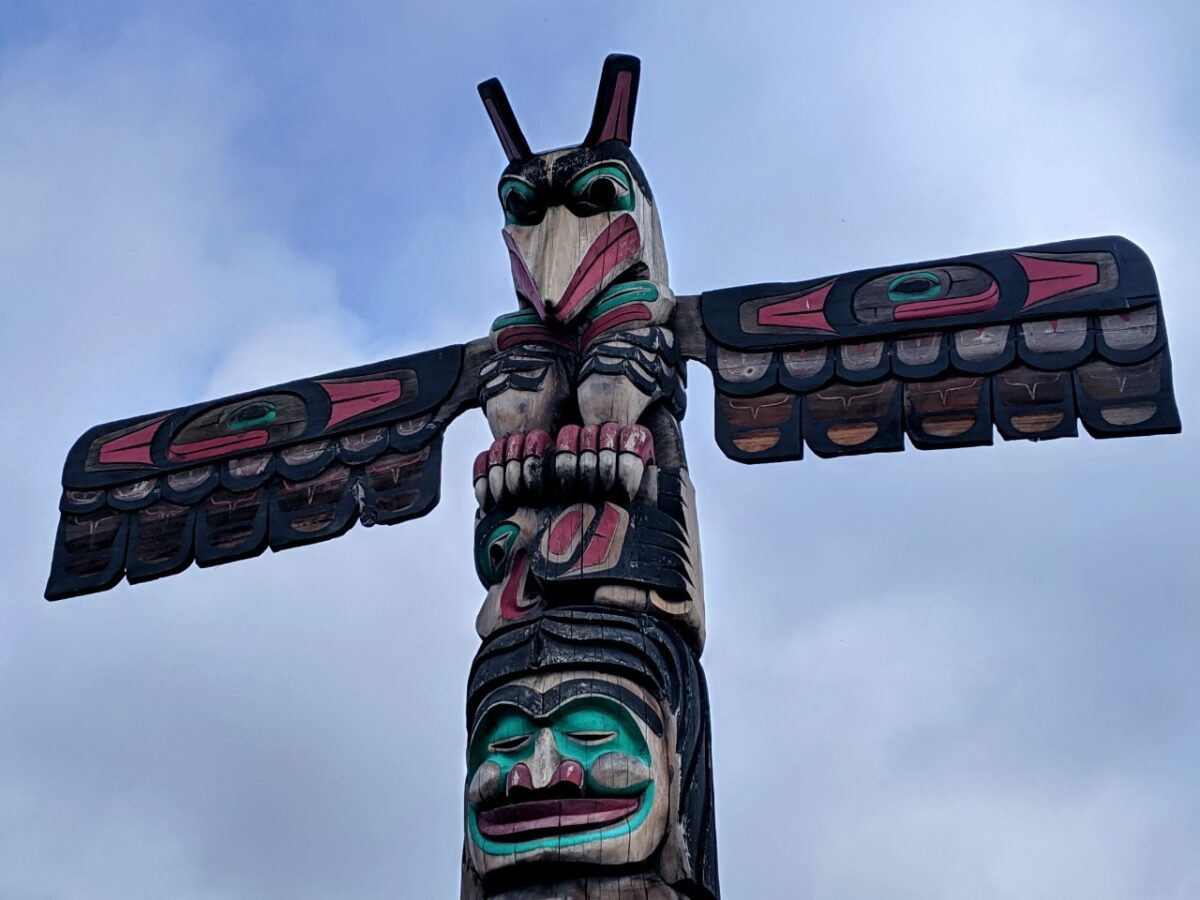

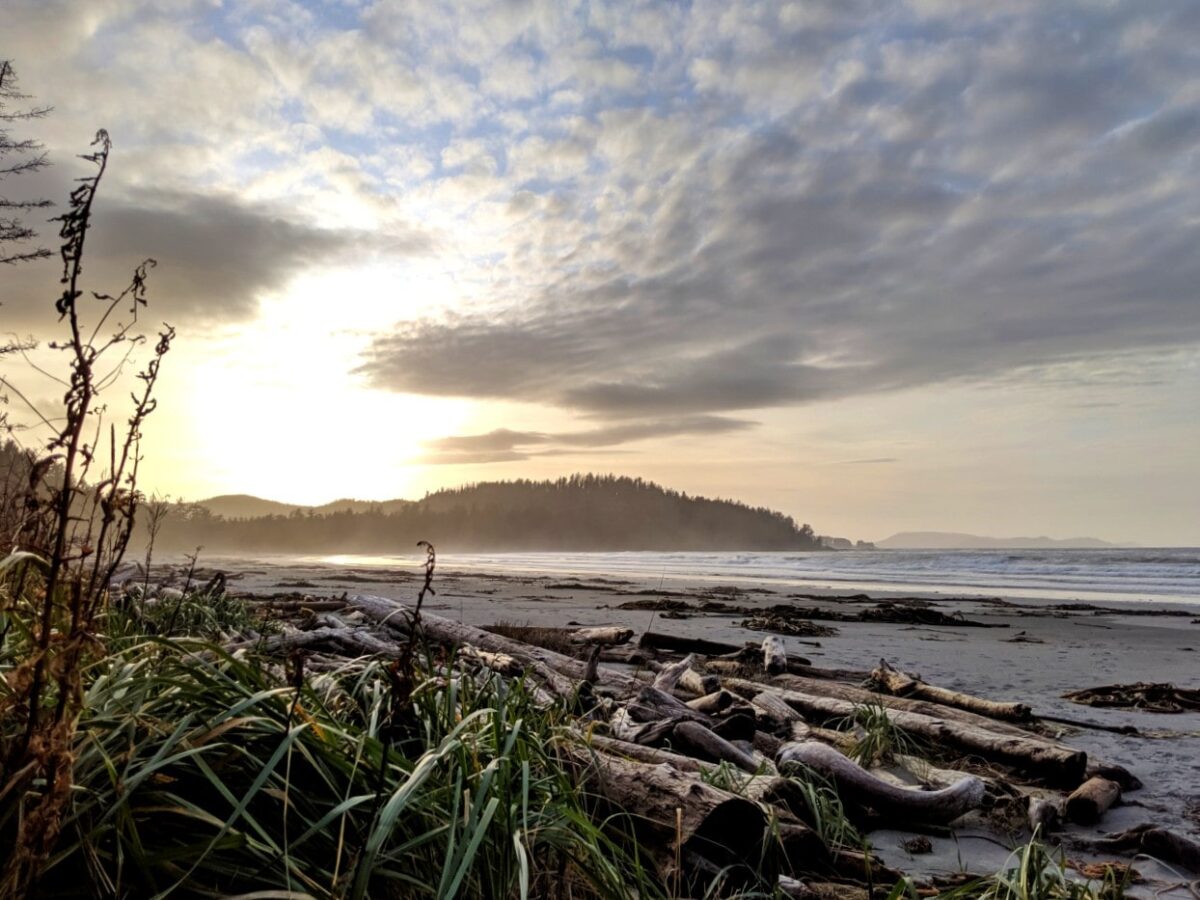
How to get to Vancouver Island
Vancouver Island is accessible in two main ways from the British Columbia mainland. Most visitors arrive by ferry.
Vancouver Island ferries
The vehicle and passenger ferries between British Columbia’s mainland and Vancouver Island are run by just one company, BC Ferries.
From the Vancouver area, there are three direct routes to Vancouver Island:
- Horseshoe Bay (western Vancouver) to Departure Bay (Nanaimo)
- Tsawwassen (southern Vancouver) to Swartz Bay (near Victoria)
- Tsawwassen (southern Vancouver) to Duke Point (near Nanaimo)
There are numerous ferries operating every day. Ferry schedules, distance and fares vary but for the most part, the journey between the BC mainland and Vancouver Island takes around 2-2.5 hours.
For fares and schedules, check the most updated information on the BC Ferries’ website.
Since 2018, there has been a passenger-only ferry service running between downtown Victoria and downtown Vancouver.
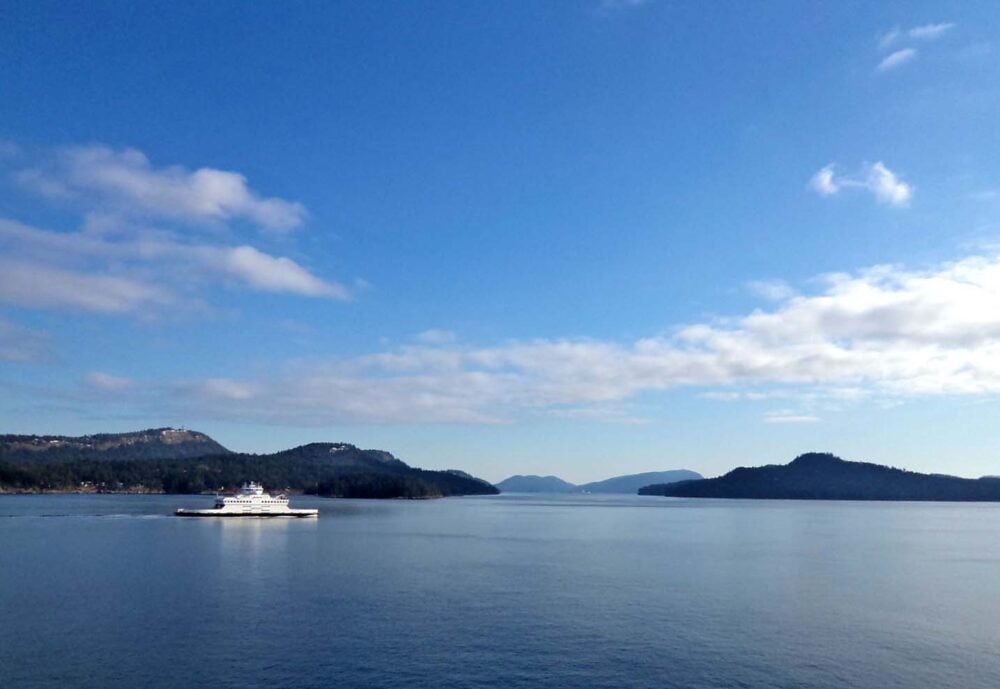
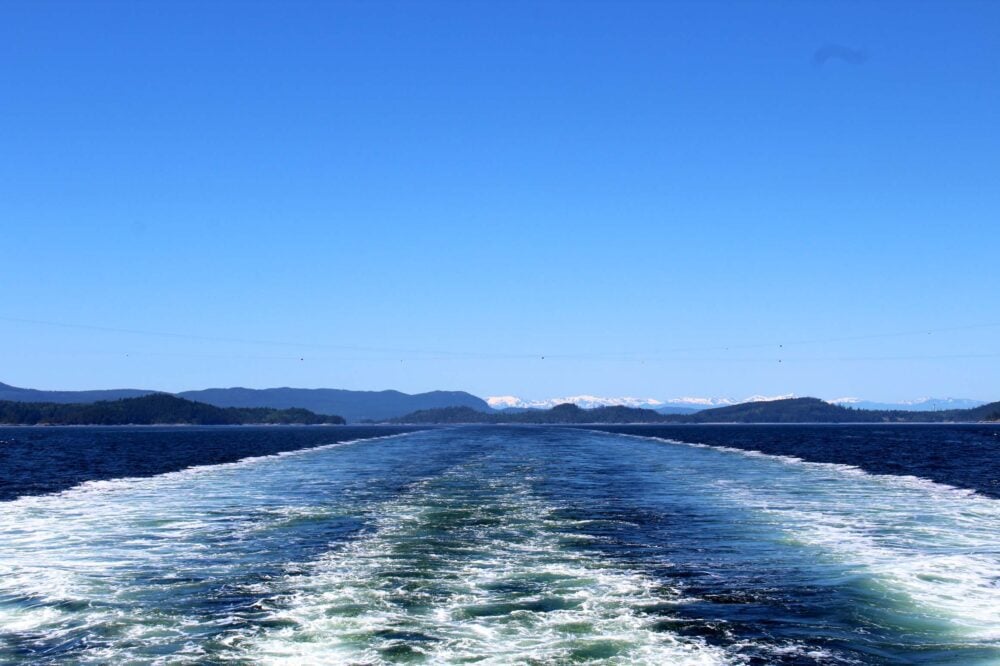
Travelling on BC ferries
- Ticket sales are cut off 10 minutes before scheduled sailing time for foot passengers, 5 minutes before for vehicles (10 minutes at Horseshoe Bay)
- BC Ferries’ recommends arriving at least 30 minutes before the scheduled sailing time. It is recommended to arrive earlier in the summer season (late June to early September), on Friday afternoons/Sunday afternoon and during long holiday weekends. On these days, be prepared to wait for a later crossing
- If you are driving an over height vehicle or RV, it is a good idea to arrive early. Most crossings have a limited amount of space for taller vehicles
- It is possible to reserve a place on the mainland to Vancouver Island ferry crossings but there is an extra fee to do so. If you miss the window to check in (more than 30 minutes before the scheduled sailing time), your reservation is lost

Flying to Vancouver Island
For those with limited time or travelling from beyond mainland British Columbia, flying to Vancouver Island is can be convenient. There are two methods to do so:
- A regular flight from Vancouver (YVR) or another Canadian city. There are regularly scheduled flights to these Vancouver Island destinations – Victoria, Nanaimo, Tofino, Comox, Campbell River, Port Hardy
- A seaplane flight from downtown Vancouver or south Vancouver. There are regularly scheduled flights to these Vancouver Island destinations – Victoria, Nanaimo, Tofino, Comox, Maple Bay. Seaplane flights are fast and incredibly scenic but baggage allowances are limited.
Now you’ve got the basics down, check out more about Vancouver Island in these other great posts:
How to Find Big Trees on Vancouver Island
25+ of the Best Campgrounds on Vancouver Island
A Guide to Storm Watching in Tofino, Vancouver Island
Three Awesome Beyond the Beaten Path Vancouver Island Road Trips
To the End of Vancouver Island: Cape Scott Lighthouse Hike
How to Explore Vancouver Island for Free
5 Great Reasons Why You Must Visit Vancouver Island, Canada
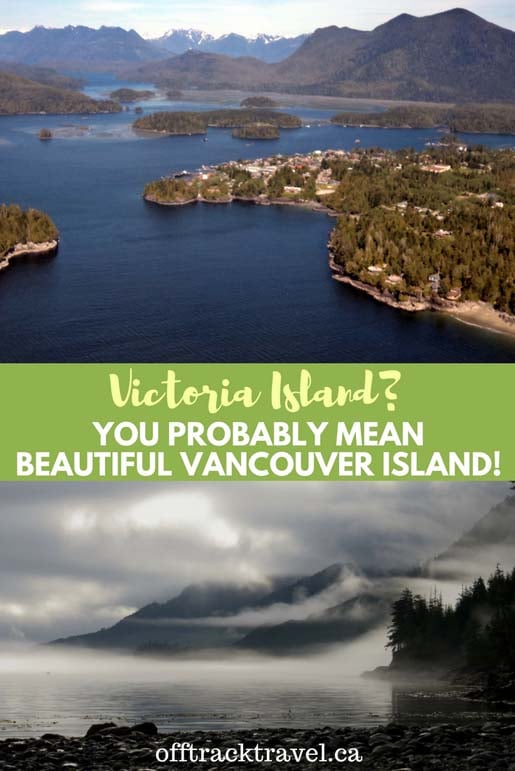
Check out these recently published posts:

One half of the Canadian/British couple behind Off Track Travel, Gemma is happiest when hiking on the trail or planning the next big travel adventure. JR and Gemma are currently based in the beautiful Okanagan Valley, British Columbia, Canada. Consider buying us a coffee if you have find any of our guides helpful!


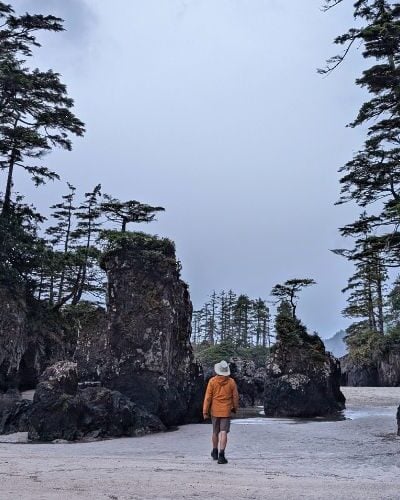

Those pictures look and sound so nice. Love the place want to go there.
You were correct; I thought I’d FINALLY remembered the name of the island correctly, as I stared at a map where its name was omitted.
Nope! VANCOUVER not Victoria! Maybe I’ll see ‘er in person one day…
I hope you do! I’m glad you found this post helpful. And thanks so much for the virtual coffee, that was very kind of you 🙂